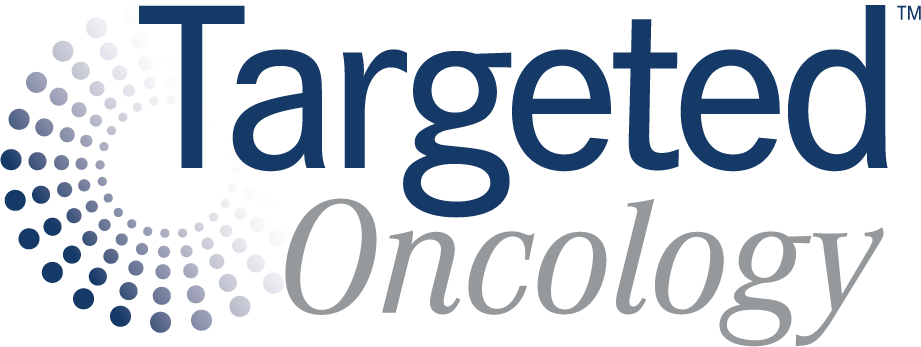Zamto-Cel Shows Durable Responses in Relapsed/Refractory DLBCL
Zamtocabtagene autoleucel induced responses, including durable complete responses, in relapsed/refractory diffuse large B-cell lymphoma.
lymphoma, vector_master (pattern) - stock.adobe.com / cery (cell) - shutterstock.com

Data from the phase 2 DALY II USA trial (NCT04792489), presented at the 2025 Transplant and Cellular Therapy Meetings, showed that the tandem CD19- and CD20-directed CAR T-cell therapy zamtocabtagene autoleucel (zamto-cel; MB-CART2019.1) induced responses, including durable complete responses (CRs), in patients with relapsed/refractory diffuse large B-cell lymphoma (DLBCL).
Findings showed that evaluable patients in the modified intention-to-treat (mITT) population (n = 59) achieved an overall response rate (ORR) of 72.8% comprising a CR rate of 50.8% and a partial response rate of 22.0%. Additionally, 5.1% of patients experienced stable disease, 20.3% had progressive disease, and 1.7% were not evaluable. The median duration of response (DOR) was 11.4 months, and the median duration of CR was not reached.
Notably, among patients who experienced disease progression during the study (n = 27), loss of CD19 and/or CD20 antigen expression did not appear to be a driver of progression. Patients who had disease progression experienced no antigen loss (n = 22), CD19 loss (expression <5%; n = 2), CD20 loss (expression <5%; n = 2), and dual CD19/CD20 loss (n = 1).
Zamto-Cel Background and DALY II USA Design
Along with targeting both CD19 and CD20, zamto-cel is a non-cryopreserved CAR T-cell therapy with a vein-to-vein time of 12 to 14 days.
“The cells are both collected fresh and sent to the central facility for manufacturing and [then] delivered fresh after they’re harvested at the end of production, which means that lymphodepletion starts during the manufacturing process, allowing patients to get CAR T-cell therapy in a very quick turnaround from the time of apheresis,” Shah said.
DALY II USA enrolled adult patients with relapsed/refractory DLBCL who received at least 2 prior lines of therapy and had measurable disease per Lugano 2024 criteria. Notably, Shah explained in the interview that prior receipt of any CAR T-cell therapy was not permitted.
Enrolled patients who underwent leukapheresis receiving lymphodepleting chemotherapy consisting of 30 mg/m2 of fludarabine plus 300 mg/m2 of cyclophosphamide per day on days –5 to –3; or 90 mg/m2 of bendamustine per day on days –4 and –3. Patients then received zamto-cel at a target dose of 2.5 x 106 CAR T cells/kg.
ORR served as the trial’s primary end point. Secondary end points included CR rate at 1 and 6 months, DOR, progression-free survival (PFS), overall survival (OS), safety, pharmacokinetics (PK), and CD19/CD20 antigen expression at relapse.
Patients in the mITT population had a minimum of 3 months follow-up. Investigators screened a total of 104 patients, and 74 underwent apheresis. Sixty-nine patients received zamto-cel; however, 10 were not included in the mITT population due to receiving a fresh, non-conforming product (n = 6) or receiving a frozen product due to patient-related factors (n = 4).
In the full analysis set (n = 69), patients had a median age of 65 years (range, 25-85), 68.1% of patients were male, and 82.6% were White. More than half of patients had elevated lactate dehydrogenase (LDH) levels at baseline (55.1%) and 53.6% had at least 2 extranodal sites.
Histological subtypes included DLBCL not otherwise specified (NOS; 61%), transformed lymphoma (22%), high-grade B-cell lymphoma with MYC, BCL-2, and/or BCL-6 rearrangements (9%), primary mediastinal LBCL (4%), high-grade B-cell lymphoma NOS (3%), and grade 3 follicular lymphoma (1%). International Prognostic Index (IPI) scores at baseline included 0 to 1 (18.8%), 2 (29.0%), and 3 to 5 (52.2%).
Most patients received 2 prior lines of therapy (75.4%), and the remainder received 3 or more prior lines of treatment (24.6%). Additionally, 24.6% of patients underwent prior autologous stem cell transplant (ASCT). The majority of patients did not receive bridging therapy; however, 4.3% of patients received steroids, and 1.4% received radiotherapy.
Ninety percent of patients received fludarabine and cyclophosphamide as lymphodepletion. Among the 69 treated patients, 91.3% received an in-specification dose of zamto-cel after successful manufacturing. The median viability of CD45- and CD3-positive cells was 96% (range, 40%-100%); the median rate of CD3-positive, CAR-positive cells was 28% (range, 10%-55%); and the median vector copy number was 1.33 (range, 0.7-2.99).
Additional Efficacy and Safety Data
Findings also showed that patients in the mITT population achieved a median PFS of 9 months with a 6-month PFS rate of 55%. The median OS was not reached at the time of the interim analysis.
Data from a subgroup analysis demonstrated that the CR rates were 82% for patients who relapsed following their last line of therapy (n = 9), 64% for those who underwent prior ASCT (n = 9), 60% for those who received at least 3 prior lines of therapy (n = 9), 55% for patients with elevated LDH levels at baseline (n = 18), 54% for male patients (n = 21), 50% for patients at least 65 years of age (n = 13), 50% for patients who had stage III disease or higher at the time of study entry (n = 24), 45% for those with an IPI score of at least 3 (n = 13), 44% for patients refractory to their last line of therapy (n = 21), and 36% for those refractory to their first line of therapy (n = 9).
PK data also showed that CAR-positive T cells persisted over time, and B-cell counts recovered over time.
Regarding safety, grade 1 and grade cytokine release syndrome (CRS) occurred in 29.0% and 17.4% of patients in the full analysis set, respectively; however, no cases of grade 3 or higher CRS was reported. The median duration of CRS was 4 days. Immune effector cell–associated neurotoxicity syndrome (ICANS) was reported at grade 1 (7.2%), grade 2 (5.8%), and grade 3 (4.3%). The median duration of ICANS was 6 days. Thirty-four patients received treatment for CRS or ICANS consisting of steroids (n = 10), anakinra (n = 2), and tocilizumab (Actemra; n = 11).
Hematologic toxicities were reported in 62.3% of patients, which included neutropenia/decreased neutrophil count (47.8%), anemia/decreased hemoglobin levels (20.3%), and thrombocytopenia/decreased platelet count (11.6%). Infections were reported in 4.3% of patients, and 1.4% of patients had immune effector cell–associated hemophagocytic lymphohistiocytosis–like syndrome. No patients experienced secondary malignancies. Deaths due to any cause occurred in 7.2% of patients (disease progression, n = 3; bacterial sepsis/intestinal perforation, n = 1).
“[DALY II USA] was a United States[–based] study in third-line DLBCL,” Shah concluded. “In Europe, the same agent is being studied as a second-line treatment for transplant-ineligible patients with DLBCL in a randomized control setting. We’re hoping that the results of these 2 clinical trials will hopefully lead to an FDA approval.”
Disclosures: Dr Shah reported serving on advisory boards and/or as a consultant for Gilead-Kite, Bristol Myers Squibb-Juno, Miltenyi Biomedicine, Lilly Oncology, Incyte, Abbie, Cargo, BeiFene, Kite, Allogene, AstraZeneca, Bristol Myers Squibb, Ipsen, and Galapagos; receiving research funding from Genentech, Milteny Biomedicine, and Lilly Oncology; and serving on the scientific advisory board for Tundra Therapeutics.









